Cune Crianza 2020
-
James
Suckling



Product Details
Your Rating
Somm Note
Winemaker Notes
Bright cherry color with some violet nuances. In the nose, red berries aromas. It shows an elegance in the mouth, yet very lively, with some spice back notes and a very balanced acidity.
Blend: 85% Tempranillo, 15% Garnacha & Mazuelo
Professional Ratings
-
James Suckling
A fruity and plummy nose with lots of cherries, strawberries and some spices. Ripe, crunchy and fruit-expressive on the medium-bodied palate rounded by firm and nicely chewy tannins. Not complex, but has good length in the finish.
Other Vintages
2021-
James
Suckling
-
Wine
Enthusiast -
James
Suckling -
Robert
Parker
-
James
Suckling
-
James
Suckling -
Wine &
Spirits -
Wine
Spectator
-
Wine
Spectator -
Robert
Parker -
Wine
Enthusiast
-
James
Suckling
-
James
Suckling
-
James
Suckling
-
Wine
Spectator
-
Robert
Parker
- Decanter
-
Robert
Parker


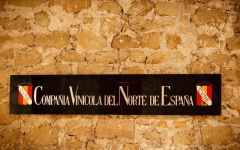
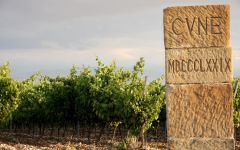
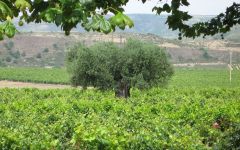
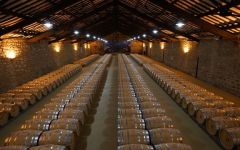
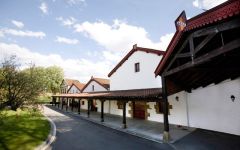
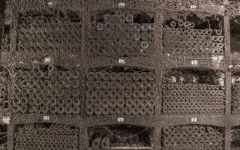
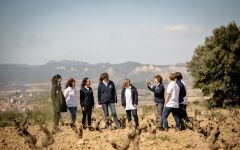
Cvne, is situated in Rioja in the traditional neighborhood of the station, where the oldest wineries of Rioja Alta established themselves, for the main reason of transporting their goods to the port of Bilbao.
In 1879, two brothers decided to set up a business in the recently flourishing trade of the wine business. C.V.N.E., Compañía Vinicola del Norte de España (The Northern Spanish Wine Company) or la Cuné, as it is commonly known in Haro, was created. This cellar still reflects the origins of the company and is kept in the traditional neighborhood of the Haro station.
The Cune winery in Haro, is made up of a group of buildings, mostly from the 19th century and arranged around a courtyard surrounded by pavilions for the purpose of wine production, aging, and bottling.
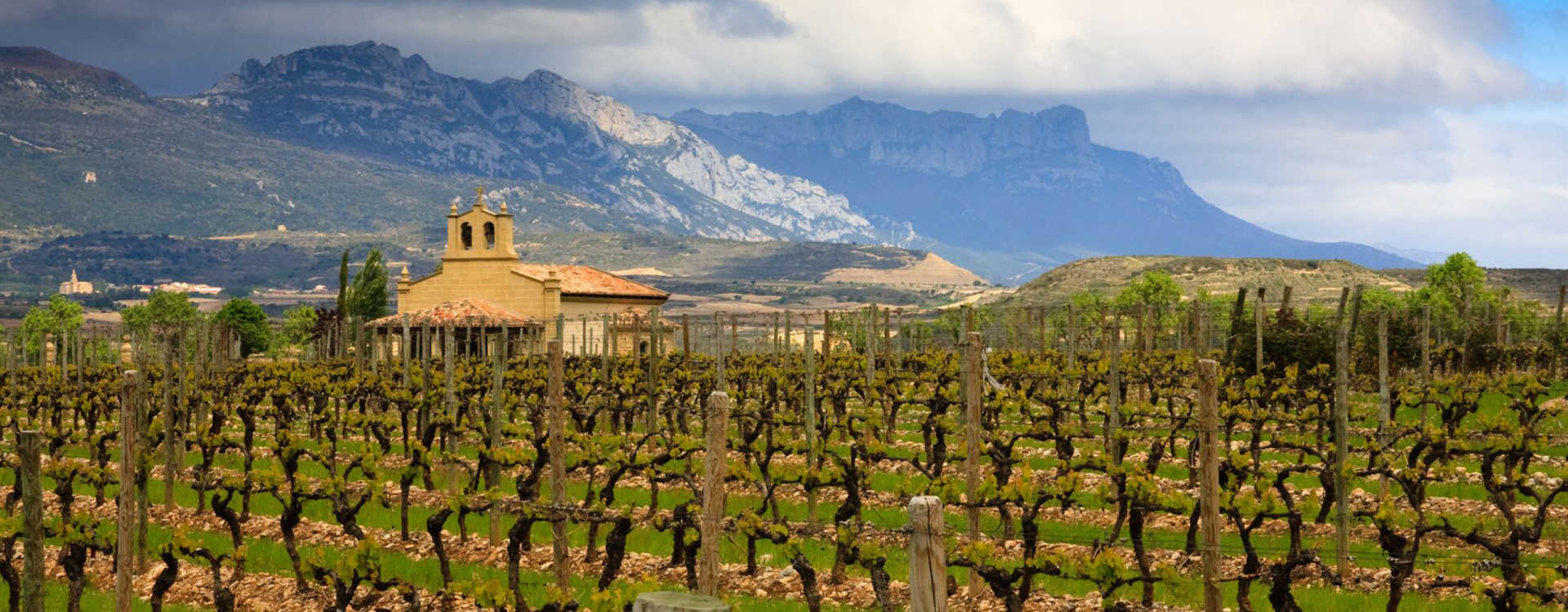
Hailed as the star red variety in Spain’s most celebrated wine region, Tempranillo from Rioja, or simply labeled, “Rioja,” produces elegant wines with complex notes of red and black fruit, crushed rock, leather, toast and tobacco, whose best examples are fully capable of decades of improvement in the cellar.
Rioja wines are typically a blend of fruit from its three sub-regions: Rioja Alta, Rioja Alavesa and Rioja Oriental, although specific sub-region (zonas), village (municipios) and vineyard (viñedo singular) wines can now be labeled. Rioja Alta and Alavesa, at the highest elevations, are considered to be the source of the brightest, most elegant fruit, while grapes from the warmer and drier, Rioja Oriental, produce wines with deep color, great body and richness.
